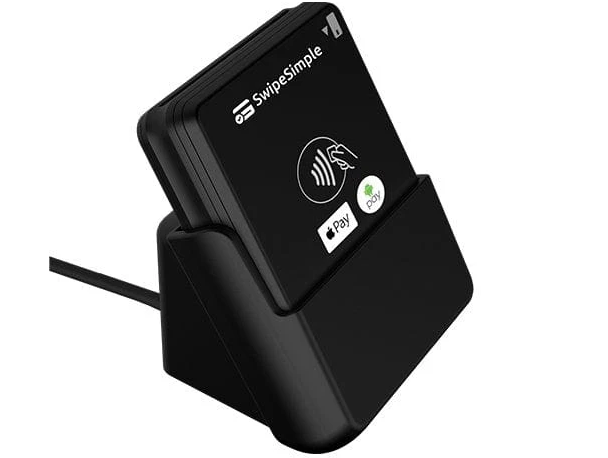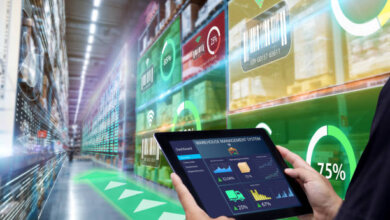Comparing EMV, NFC, And Tap-To-Pay Options In A Credit Card Card Reader


Payment technology has evolved rapidly over the last decade, with businesses now able to accept transactions faster and more securely than ever before. At the center of this evolution is the credit card card reader, a device that enables merchants to process customer payments with convenience and confidence. But not all readers work the same way. EMV chips, NFC technology, and tap-to-pay systems have changed the way consumers interact with businesses. Understanding how these options differ helps companies choose the best solution for their needs.
EMV Chip Technology
EMV, short for Europay, MasterCard, and Visa, is now the global standard for secure transactions. A credit card card reader equipped with EMV technology allows customers to insert their card and generate a unique code for each transaction. Unlike magnetic stripe swipes, which are vulnerable to cloning, EMV provides far greater security.
For businesses, the adoption of EMV readers reduces liability. Since 2015, U.S. regulations shifted fraud responsibility to merchants who fail to use EMV-compatible readers. That means upgrading to EMV isn’t just about customer safety—it also protects businesses from potential losses.
While inserting a card takes a few extra seconds compared to swiping, consumers are increasingly familiar with the process, making it a standard expectation.
NFC Contactless Payments
Near-Field Communication, or NFC, is another feature many modern readers now support. With an NFC-enabled credit card card reader, customers can simply hold their card or smartphone near the terminal to complete a transaction. This process is secure because it uses encrypted communication and often requires tokenization, which prevents sensitive card details from being exposed.
NFC also pairs well with mobile wallets such as Apple Pay, Google Wallet, and Samsung Pay, providing added convenience for tech-savvy customers. For retailers and service providers, offering NFC payments can improve checkout speed, reduce physical contact, and enhance the overall customer experience.
Tap-To-Pay Options
Closely related to NFC, tap-to-pay has become a preferred method for quick purchases. A credit card card reader that supports tap-to-pay allows consumers to use their contactless-enabled cards without entering them into a slot. Transactions are completed almost instantly, making it ideal for high-traffic businesses such as coffee shops, quick-service restaurants, and transit systems.
While tap-to-pay uses the same technology as NFC, it emphasizes speed. Customers simply tap and go, reducing wait times and improving efficiency. As more financial institutions issue contactless cards by default, tap-to-pay adoption continues to rise.
Comparing Security Features
Each payment method has its strengths. EMV is highly secure against fraud but slightly slower in transaction speed. NFC and tap-to-pay options are faster, but some customers may still have concerns about safety. In reality, all three methods offer strong encryption and tokenization features, meaning they’re safer than older swipe technology.
Businesses choosing a credit card card reader should evaluate their priorities. For maximum fraud protection, EMV is essential. For speed and customer convenience, NFC and tap-to-pay are valuable additions. Ideally, a modern reader should support all three to cater to diverse consumer preferences.
Choosing The Right Reader For Your Business
When selecting a payment terminal, businesses should consider:
- Customer Demographics – Younger customers are more likely to use mobile wallets, while older customers may prefer chip cards.
- Transaction Speed – High-volume businesses benefit most from tap-to-pay.
- Budget And Integration – Multi-functional readers may cost more but deliver long-term value.
- Compliance Requirements – EMV is non-negotiable for fraud liability protection.
Working with reliable suppliers ensures access to devices that combine all three technologies in one credit card card reader, allowing businesses to future-proof their payment systems.
Conclusion
Payment technology is no longer one-size-fits-all. A modern credit card card reader must balance security, speed, and customer preference by supporting EMV, NFC, and tap-to-pay. Each technology brings unique benefits, and together they create a comprehensive payment solution for businesses of all sizes.
For merchants evaluating their options, exploring different card readers can reveal how features align with business needs. And for those seeking dependable performance and long-term value, choosing the right credit card reader ensures smoother transactions and happier customers.




